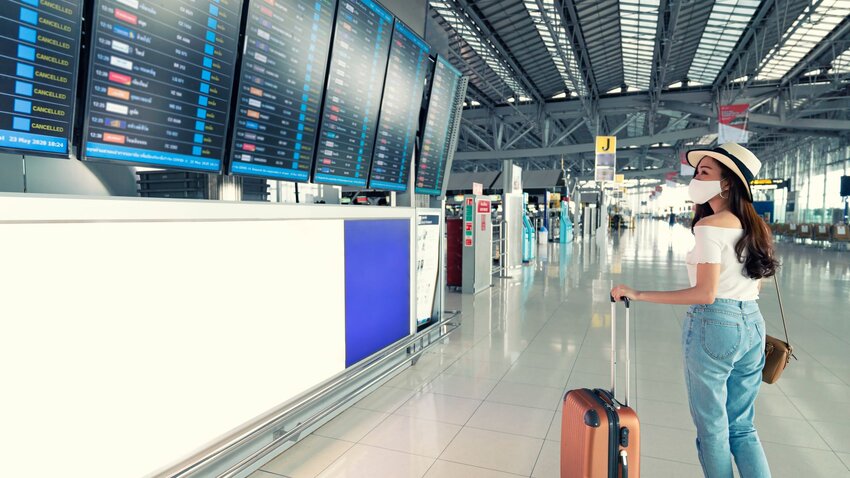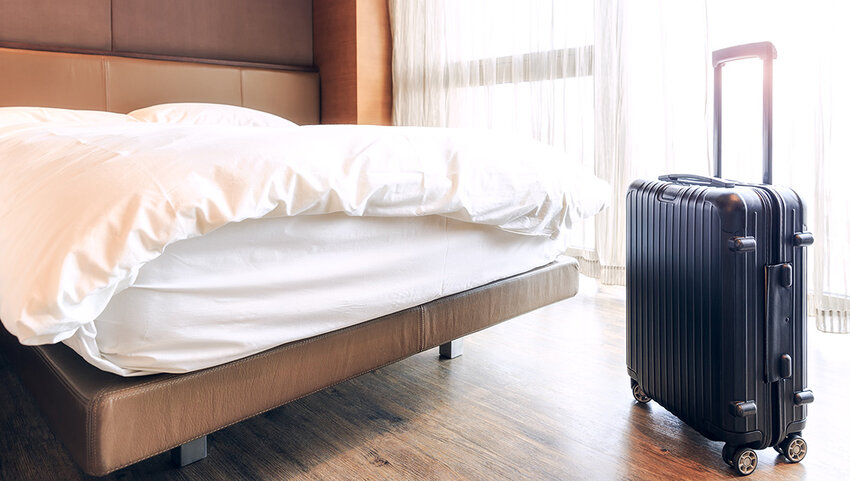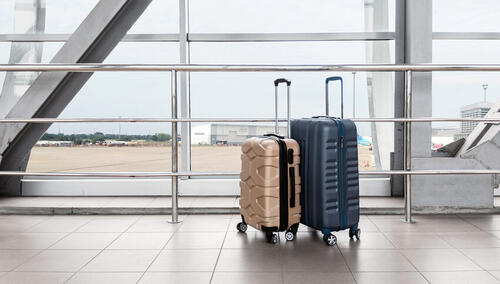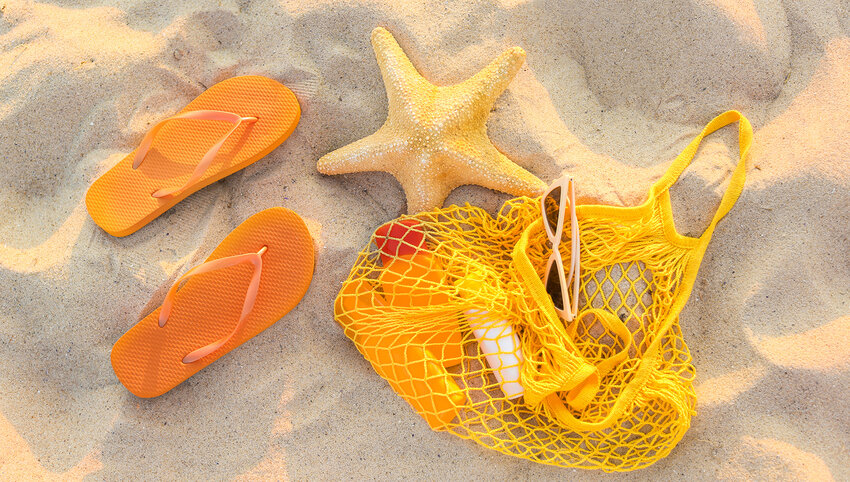While the pandemic upended the travel industry in many ways, people are now returning to traveling and the industry has evolved to help keep everyone safe when they do. But before you head back to the airport, here are some of the biggest changes you should expect.
Packing List
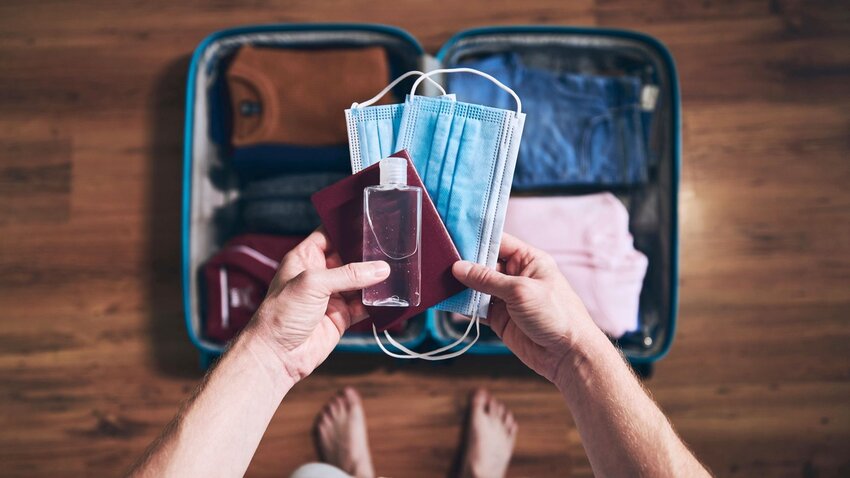
Even seasoned travelers will have to adjust how they pack their bags for post-COVID travel. There aren’t many big changes, but below are a few tips for carry-on essentials for your next trip:
- Hand sanitizer: TSA now allows you to bring a 12-ounce bottle of hand sanitizer in your carry-on. Take advantage and bring the big bottle.
- Masks: Masking is now optional throughout the travel process, though wearing one will certainly maintain an extra level of defense. Keeping one handy just in case the airport is extra busy will reduce your chances of catching anything — COVID-19 included.
- Snacks: The pandemic is also a major player in a nationwide staffing shortage, so many restaurants, cafes, and shops in airports have reduced hours. If you’re arriving late at night or early in the morning, you might be out of luck for a meal or cup of coffee. Bring plenty of your own snacks to get you through the journey.
Pre-Travel Prep
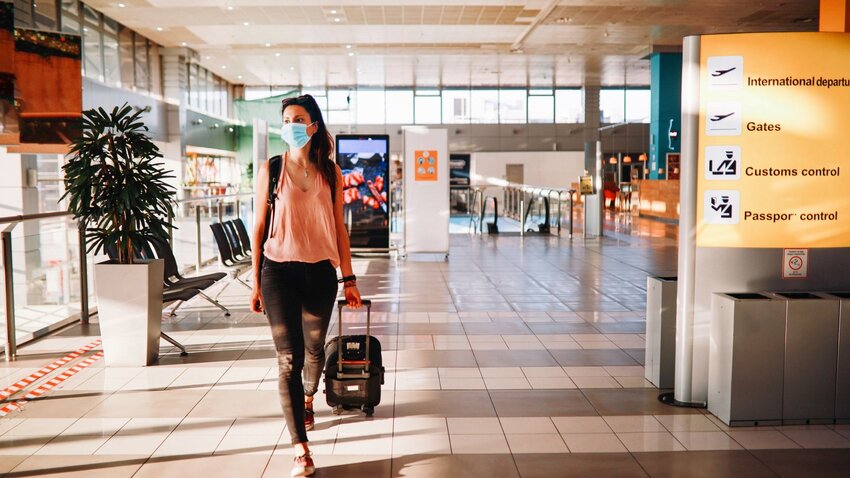
Frequent travelers know the better you prepare for your trip, the smoother the journey will go. This is especially true these days since the rules and regulations of air travel have changed so much. Ensure a stress-free start to the trip using these tips before you get to the airport:
- Take a COVID-19 test: The CDC no longer requires passengers traveling to the U.S. from foreign countries to provide negative COVID-19 tests. That said, if you're about to board a plane with dozens of other passengers, you might want to test just in case. Most airports now have designated testing stations, some that will provide results in two hours or less. If you test positive, you should mask up, isolate, and see what you can do about changing your flight. These tips might help.
- Do your research for international flights: Just because the U.S. doesn't require a negative test or proof of vaccination doesn't mean all countries don't. Be sure to check your destination's requirements (and airline's, if applicable), to make sure your trip isn't held up because you're missing something crucial.
- Arrive early: Earlier than usual, that is. New airport protocols and reduced staff means there’s more potential for delays. Avoid rushing through security and running to your gate by arriving at the airport well ahead of schedule.
- Be aware of new change and cancellation policies: Many major airlines like Delta, United, and Alaska Airlines are waiving change and cancelation fees. If you feel sick or need to cancel your flight due to COVID, you may be able to do so without losing out financially. Just check with your airline for the latest policies (and plan to pay for the convenience when you book your flight).
At the Airport
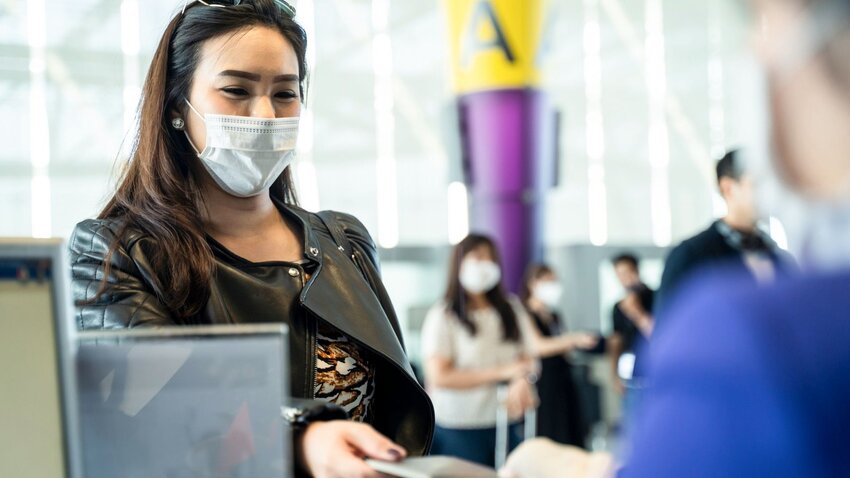
Once you’re at the airport, you’ll notice some new protocols and procedures intended to keep travelers and airport employees safe. Check out some of the changes and how to navigate them:
- Masking: While masking for passengers is optional, TSA officers are required to wear both masks and gloves during their shifts.
- Barriers: Plexiglass barriers separate you from the check-in and TSA agents. These partitions can make it hard to hear and understand each other, so try to be as patient and clear as possible in conversation.
- Mind the floor stickers: Some airports have social distancing stickers on the floor to remind passengers that keeping 6 feet apart is still a great way to reduce the risk of spreading COVID-19.
- Be prepared to pull down your mask and hold your own boarding pass: TSA agents may take your passport or ask you to pull your mask down for a moment to identify you as you move through security. You can also now scan your own boarding pass instead of handing it to the agent, which helps reduce contact. Pro-tip: If you don't want to touch a self-help kiosk to print your pass or wait in line to have it printed for you, you can likely check in to your flight on your phone and pull your boarding pass up that way.
- Fill up at home: Food options could be few and far between when you’re at the gate. Don’t count on a hearty meal before your flight. Better yet, research the airport ahead of time to find out what’s open.
In the Air
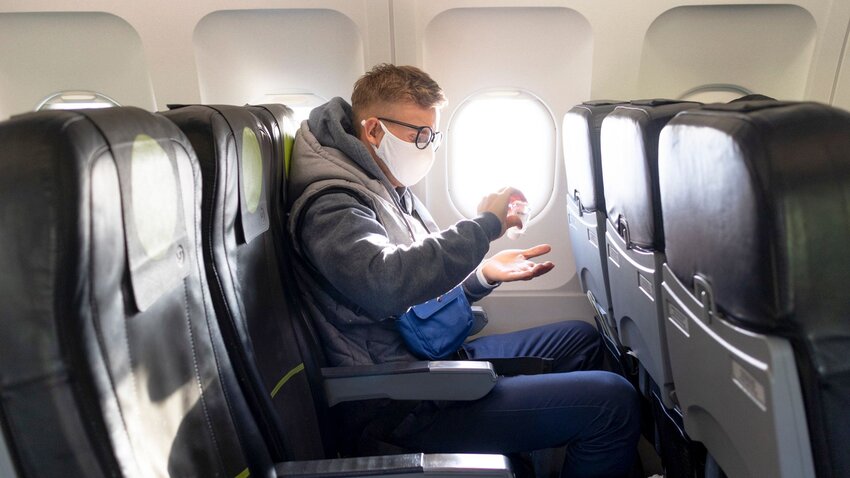
The actual experience of flying hasn’t changed too much, but here are few small tweaks in service that you can expect:
- Masking. Masks are now optional during flight, but flight staff will ask prior to takeoff that you respect the choices of your fellow passengers whether they mask up or not.
- Air filtration system. This isn’t something you’ll always see, but it’s comforting to know it’s there. Most airlines are using HEPA (High Efficiency Particulate Air) filters which remove 99.99% of airborne particles, including viruses like COVID-19. American, Delta, United, and Southwest all note their use of this state-of-the-art system.
- Frequent sanitation. Airlines conduct a sanitation process after each flight which disinfects the airplane and focuses on high-touch surfaces. Delta is a great example of how seriously airlines take sanitation.
On Arrival
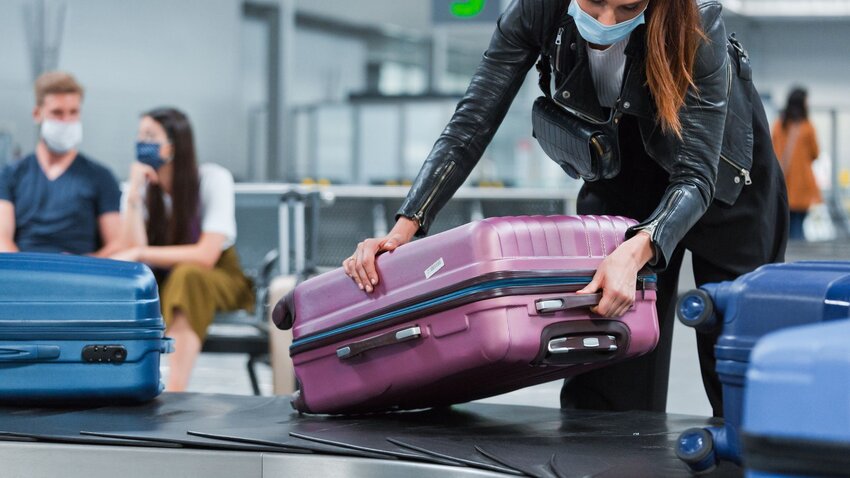
Most of what’s outlined in Pre-Travel Prep and At the Airport applies when you land as well. Here’s what you should be prepared for:
- Have any and all documents ready for officials, whether that's a negative COVID-19 test, identification, or other requirement.
- Business as usual. Collect your baggage as usual (while being sure to maintain social distance) and pass through Customs if applicable.
While travel has undergone modifications that sometimes means delays and small inconveniences, thankfully these new protocols make it possible to explore again. Safe travels!
Top photo by People Image Studio

